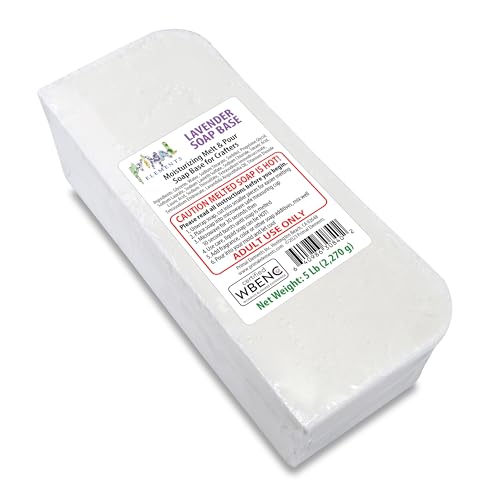First I want to say Hello to everyone. I've been lurking around for a while and have learned so much. With your help I've already done two batches of CP soap, both were pretty basic. The first one is an olive oil/coconut oil soap with lavender essential oil, this one has already cured for five week and I love it, it turned out beautifully. The second one is the same recipe but with an added color that I swirled in and poured into two smaller molds. I like this one too but the plain colored one I think looks prettier (of course that could be because it's my first batch).
So now, I wanted to try my own recipe, I've got shea butter that I use for my hair and wanted to use it in soap too. I've run it through soapcalc so I have the numbers right. I just really wanted to run this by you all before I try it though.
Olive oil - 12.0 oz - 40%
Coconut oil - 9.0 oz - 30%
Shea butter - 9.0 oz - 30%
Would this soap work? I don't want it to drying with the high coconut oil, but I don't want to go much higher with the olive oil either.
And if this would work but... super fat. Would I want to super fat this at 10% to make it more conditioning or is that way to high, and it would make the soap go rancid? Or should I just stick with the 5%?
So now, I wanted to try my own recipe, I've got shea butter that I use for my hair and wanted to use it in soap too. I've run it through soapcalc so I have the numbers right. I just really wanted to run this by you all before I try it though.
Olive oil - 12.0 oz - 40%
Coconut oil - 9.0 oz - 30%
Shea butter - 9.0 oz - 30%
Would this soap work? I don't want it to drying with the high coconut oil, but I don't want to go much higher with the olive oil either.
And if this would work but... super fat. Would I want to super fat this at 10% to make it more conditioning or is that way to high, and it would make the soap go rancid? Or should I just stick with the 5%?
















































